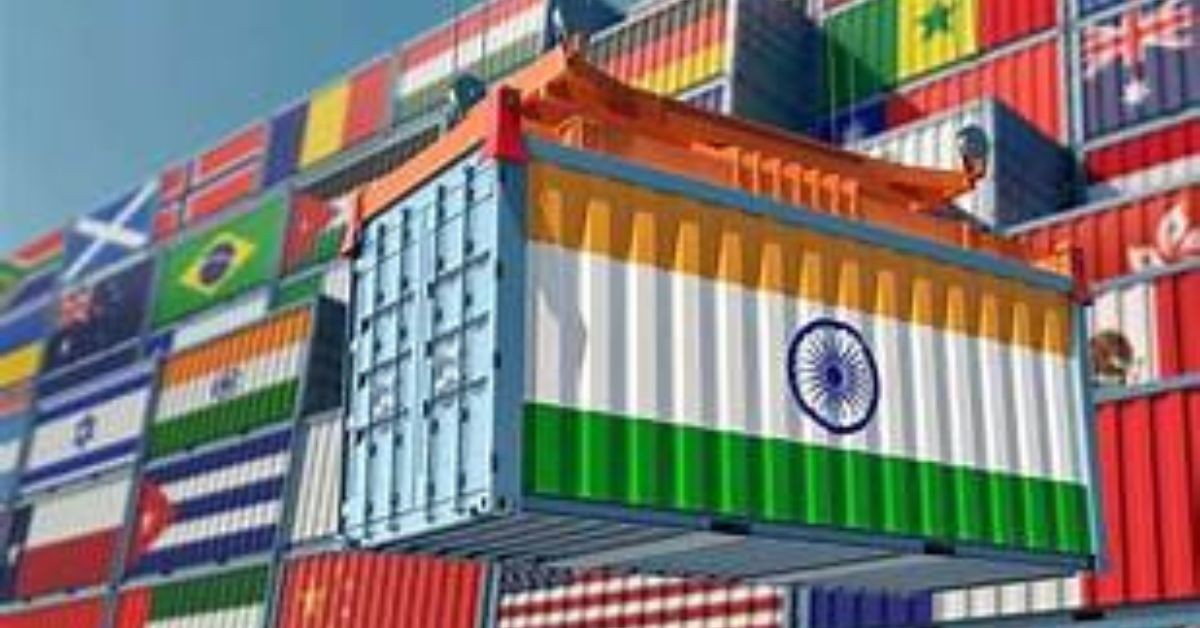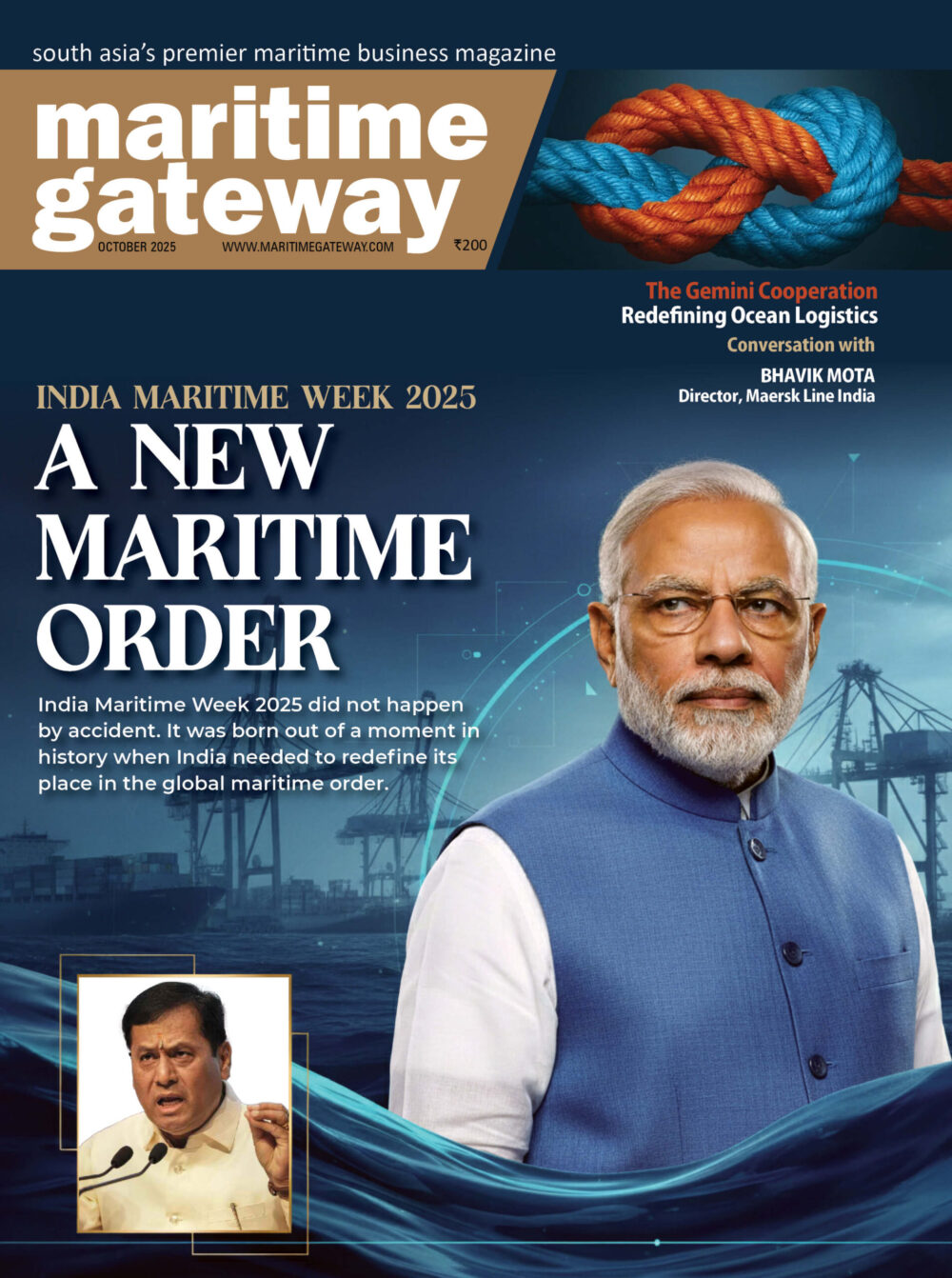India’s export momentum slipped sharply in October, with new tariff barriers and lingering geopolitical tensions weighing heavily on outbound shipments. Fresh data from the Global Trade Research Initiative (GTRI) reveals that year-on-year growth was recorded in only five of India’s top 20 export markets, signalling a broad-based slowdown across nearly all major destinations.
According to GTRI, India’s export performance displayed “significant divergence” across key markets. While a handful of destinations showed resilience, deep contractions in others—particularly Singapore, Australia, Italy and the UK—highlight the economy’s vulnerability to shifting global demand and policy disruptions.
Overall, India’s merchandise exports declined 11.8% in October. Among the few bright spots were Spain (+43.43%) and China (+42.35%), where growth was primarily fuelled by higher shipments of petroleum products. Modest increases were also recorded in Hong Kong (+6%), Brazil (+3.54%), and Belgium (+2.22%).
However, 15 major markets registered declines, underscoring the widespread nature of the slowdown. Exports to the US, India’s largest trading partner, dropped 8.58%, while shipments to the UAE fell 10.17%. Steeper losses were seen across several major hubs: Singapore (–54.85%), Australia (–52.42%), Italy (–27.66%), the UK (–27.16%), and the Netherlands (–22.75%). Other markets witnessing sizeable contractions included Malaysia (–22.68%), South Korea (–16.43%), Germany (–15.14%), France (–14.28%), Bangladesh (–14.10%), Nepal (–12.64%), South Africa (–7.54%), and Saudi Arabia (–1.12%).
Shipments to Singapore plunged nearly 55%, largely due to lower exports of petroleum products, jewellery and electrical machinery. Australia posted a similar contraction of 52%, driven by declines in ready-made garments, steel products and electronic goods.
The downturn extended across Europe as well. Exports to Italy fell 27.7%, with telecom equipment and coffee among the worst-hit categories. The UK saw a 27.2% decline, reflecting shrinking shipments of telecom gear, apparel and steel. Exports to the Netherlands, a major regional refining and distribution hub, dropped 22.8% amid reduced petroleum flows.
Asian markets fared no better. Shipments to Malaysia (–22.7%) and South Korea (–16.4%) were hit by weaker demand for petroleum products, aluminium and bulk drugs. Exports to Bangladesh, a key partner in the textile value chain, fell 14.1% due to lower cotton yarn and fabric volumes.
The downturn is proving especially challenging for MSMEs, which contribute nearly 40% of India’s exports. Many smaller exporters are grappling with declining orders, tightening margins and delayed payments as global buyers scale back spending. Rajat Mehra, Co-convenor of the CII UP MSME Panel and Director at Rajat Chemicals Industry, noted that the strain on MSMEs is unsurprising given the prolonged global slowdown, adding that working capital pressure has become a critical concern across the sector.









